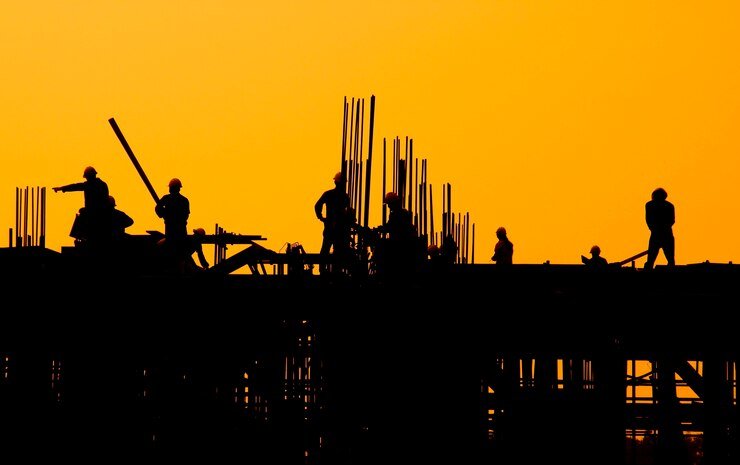In the context of construction, health and safety refers to the practices and procedures aimed at protecting workers and others from injury, illness, and death by identifying, assessing, and controlling hazards and risks inherent in construction activities.
Understanding scale, elevations, cross-sections, and detailed views is essential for accurately interpreting construction blueprints. These elements help communicate the size, dimensions, and intricate details of a project in a way that's universally understood by architects, engineers, contractors, and builders.
In modern construction, understanding basic plumbing and electrical systems is crucial for ensuring building functionality, safety, and efficiency; these systems are essential for delivering water, managing waste, and powering a building's functions.
Wall and roofing systems form a building's structural framework and weatherproof enclosure, protecting interiors from the elements. This includes framing, roofing, and cladding, all working together to ensure a safe and comfortable environment.
Employability skills are a person's ability to interact effectively with co-workers and customers. Hard skills are mainly applicable at the work place. Employability skills are applicable both at workplace and outside the work place.





